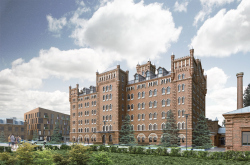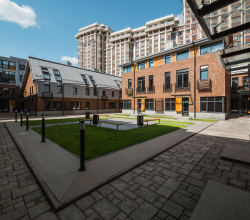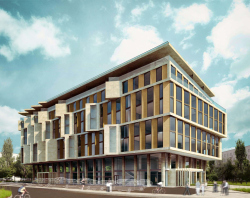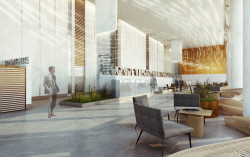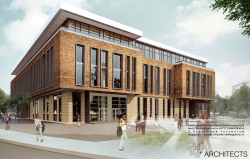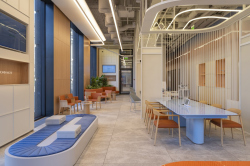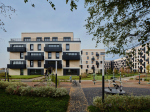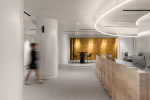

Nikolay Makarov

Anastasia Abasheva
Т+Т Architects
information:
-
country
Russia -
Firm’s Official Site
https://tt-arch.ru/ -
Т+Т Architects
links
address:
119270, 2/4, Bld. 16, 4th floor, Luzhnetskaya Embankment, Moscow, Russia. Tel: +7 (495) 669 6732 e-mail: info@tt-arch.ruBuildings and Projects:
Sergey Trukhanov, 2016
Architectural and town-planning concept of reconstructing and renovating the territory of the factory “Saratov Muka”
Russia, SaratovSergey Trukhanov, 2015
Loft-residence Studio #8
Russia, MoscowSergey Trukhanov, 2014
Preliminary architectural and planning concept of the multifunctional complex at the Vernadskogo Avenue
Russia, MoscowSergey Trukhanov, 2013
Pre-design concept of the architectural solutions of the interiors of “Alkon” business center (2nd construction stage)
Russia, MoscowSergey Trukhanov
Preliminary architectural and planning concept of reconstructing the office building at Vernadskogo Avenue
Russia, MoscowBuildings and Projects Shown: 5
Archi.ru Texts:
30.06.2025
. New Aeroflot Office: Lightness, Play, Comfort
Even if you have no plans to fly with Aeroflot anytime soon, their new office at 2A 1st Tverskaya-Yamskaya Street is still worth a visit for its interior design alone.03.03.2025
Alyona Kuznetsova. The IT Town
Taking the example of the first completed phase of the “U” district, we examine how the new neighborhood in Innopolis will be organized. T+T Architects and HADAA formed a well-balanced and ingenious master plan with different types of housing, a green artery, a system of squares, and a park in the town’s central part.26.11.2024
Julia Tarabarina. A New Track
We took a thorough look at D_Station, a railcar repair depot dating back to 1906, recently reconstructed while preserving its century-old industrial structure, upon the project by Sergey Trukhanov and T+T Architects. Though work on the interiors – set to house restaurants and public spaces – is still underway, the building’s exterior already offers plenty to see. Visitors can explore the blend of old and new brickwork, appreciate the architect’s unique interpretation of ruin aesthetics, and enjoy the newly built pedestrian route that connects the Citydel Business Center’s arches to Kazakova Street.08.11.2024
Alyona Kuznetsova. Gold in the Sands
A new office for a transcontinental company specializing in resource extraction and processing has opened in Dubai. Designed by T+T Architects, masters of creating spaces that are contemporary, diverse, flexible, and original, this project exemplifies their expertise. On the executive floor, a massive brass-clad partition dominates, while layered textures of compressed earth create a contextually resonant backdrop.01.07.2024
Julia Tarabarina. Above the Golden Horn
The residential complex “Philosophy” designed by T+T architects in Vladivostok, is one of the new projects in the “Golubinaya Pad” area, changing its development philosophy (pun intended) from single houses to a comprehensive approach. The buildings are organized along public streets, varying in height and format, with one house even executed in gallery typology, featuring a cantilever leaning on an art object.see All Archi.ru Texts / Т+Т Architects




